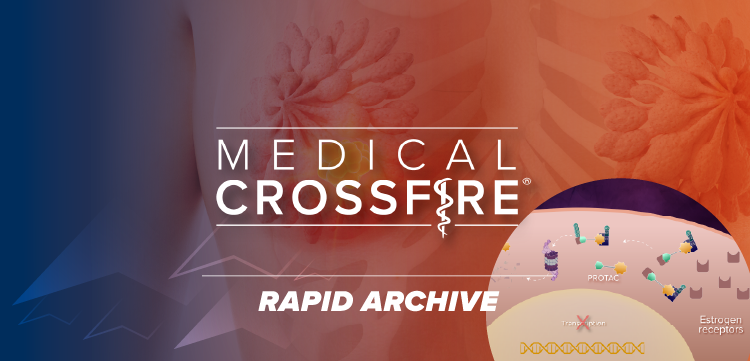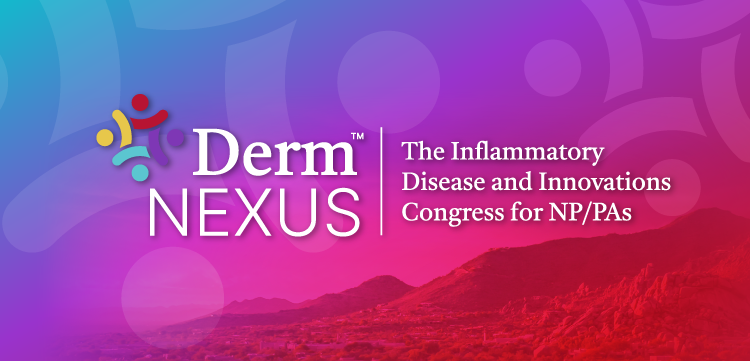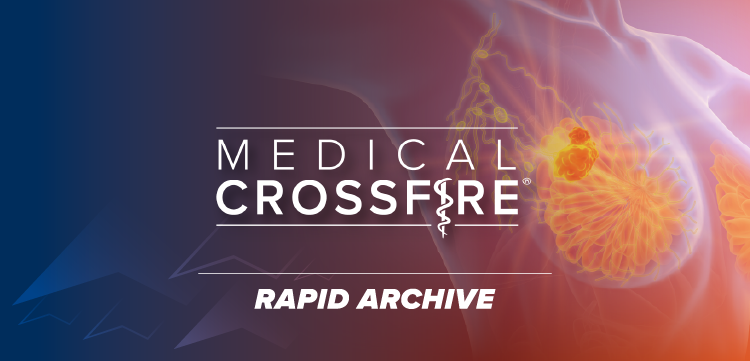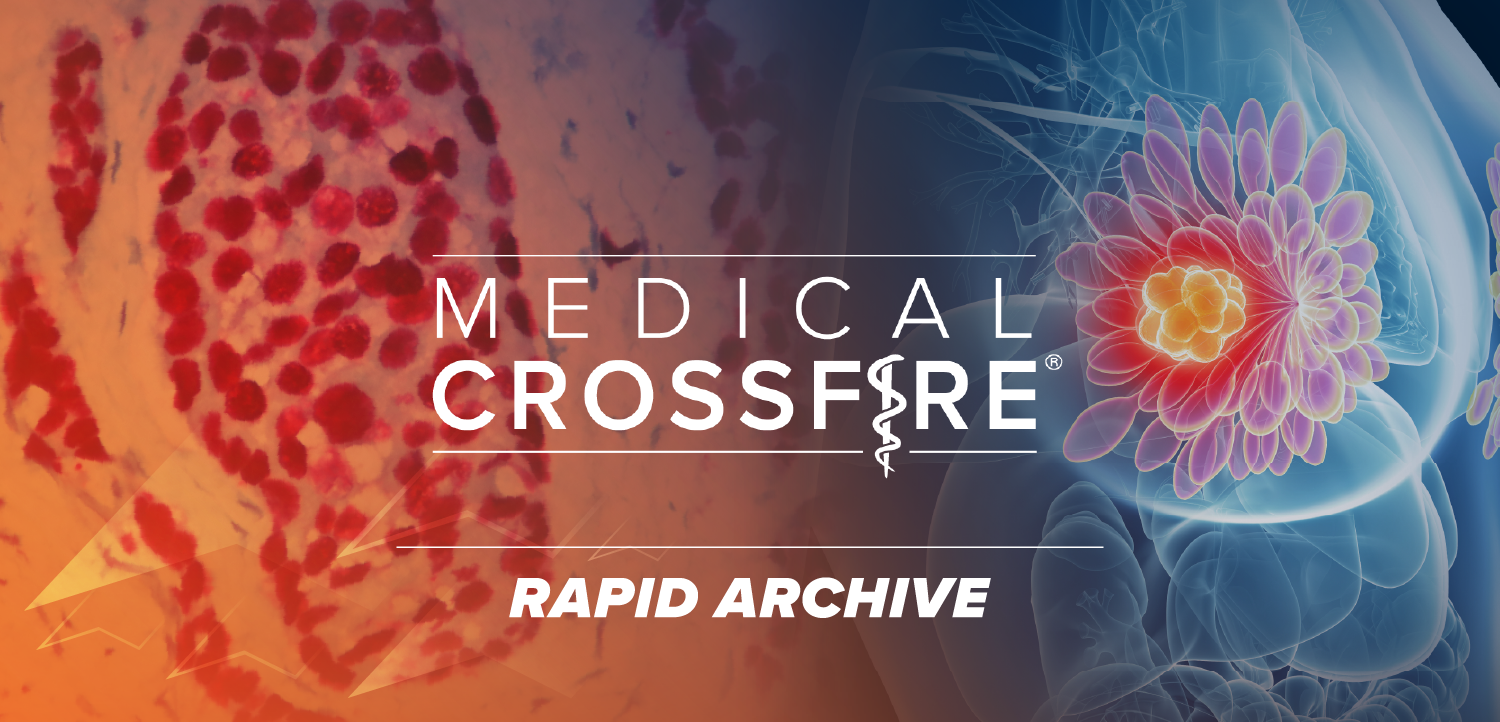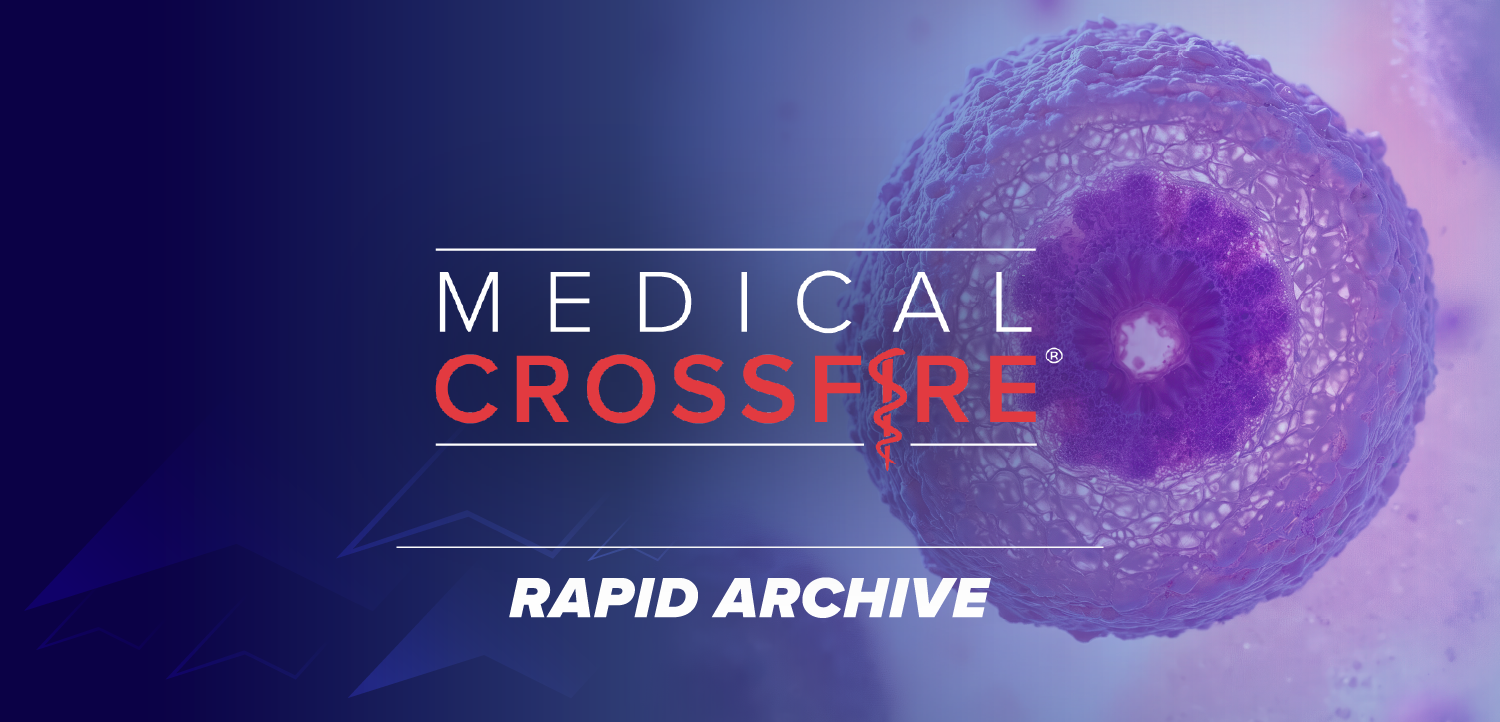
The Topical Toolbox: A Review of Atopic Dermatitis Treatment Options
Panelist discusses how the current treatment guidelines include 4 classes of topical therapies, with newer nonsteroidal options like JAK inhibitors and PDE4 inhibitors providing effective alternatives to long-term corticosteroid use.
Episodes in this series

Video content above is prompted by the following:
The American Academy of Dermatology’s latest atopic dermatitis guidelines recognize 4 primary classes of topical treatments, all receiving strong recommendations for clinical use. Topical corticosteroids remain the workhorse therapy, available in various strengths that should be matched to treatment areas, though they’re intended for intermittent rather than long-term use due to potential adverse effects. Topical calcineurin inhibitors (tacrolimus and pimecrolimus) serve as effective steroid-sparing agents approved for patients as young as 2 years old, though they commonly cause burning and stinging sensations that limit tolerability. Despite FDA black box warnings derived from oral transplant medicine data, extensive long-term safety studies spanning over 10 years show no increased cancer risk with topical calcineurin inhibitor use, providing reassurance for clinicians and patients.
Phosphodiesterase-4 (PDE4) inhibitors represent significant advancement in nonsteroidal topical therapy options. Crisaborole ointment, approved for patients as young as 3 months, marked the first innovation in this class, but drawbacks include burning sensations and greasy ointment vehicle limitations. Roflumilast 0.15% cream represents a next-generation PDE4 inhibitor offering superior potency, better vehicle formulation, and improved tolerability without burning or stinging, approved for patients 6 years and older. These medications provide valuable alternatives for patients requiring long-term topical therapy without corticosteroid exposure concerns, expanding treatment options for pediatric and adult populations.
JAK inhibitors and novel mechanism therapies offer the most potent nonsteroidal options currently available for atopic dermatitis treatment. Topical ruxolitinib 1.5% cream, approved for patients 12 and older, functions as a cytokine signaling interrupter and likely represents the most effective nonsteroidal topical therapy available. Tapinarof 1% cream introduces a completely novel mechanism as an aryl hydrocarbon receptor agonist that modulates rather than suppresses immune function, approved for patients as young as 2 years with once-daily application convenience. This expanding arsenal of nonsteroidal options enables clinicians to move beyond reactive corticosteroid-only approaches, implementing comprehensive treatment strategies that combine initial corticosteroid clearing with long-term nonsteroidal maintenance therapy tailored to individual patient needs and preferences.
Newsletter
Enhance your clinical practice with the Patient Care newsletter, offering the latest evidence-based guidelines, diagnostic insights, and treatment strategies for primary care physicians.




































